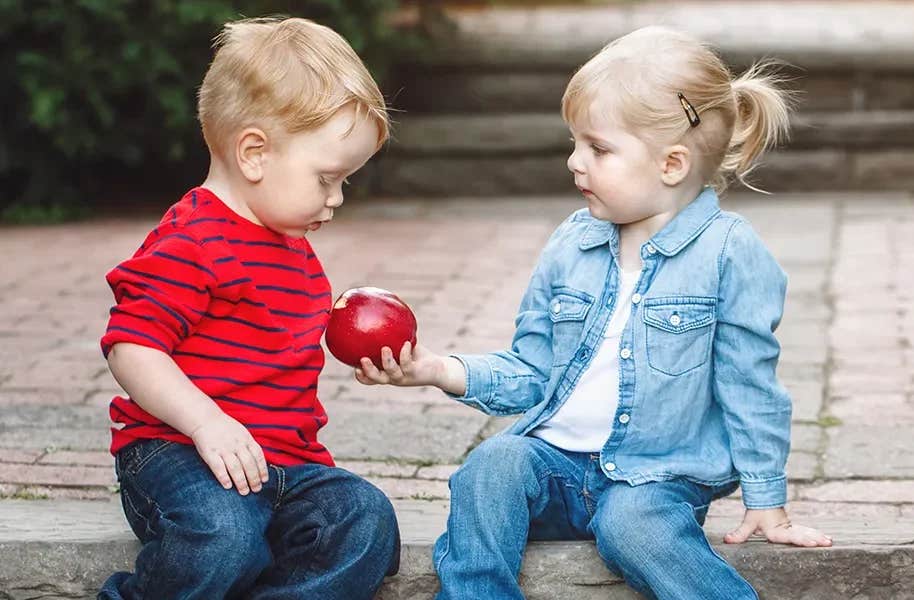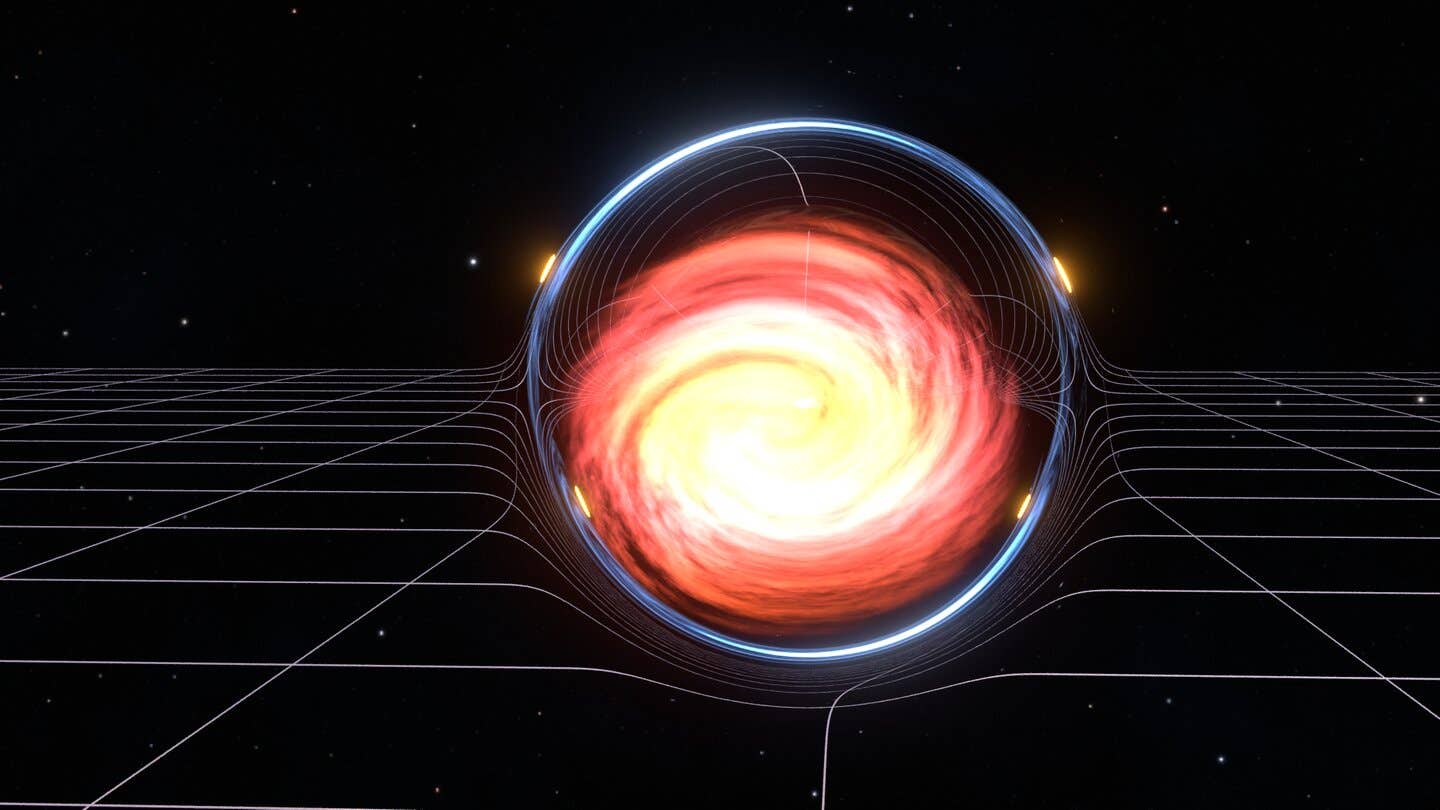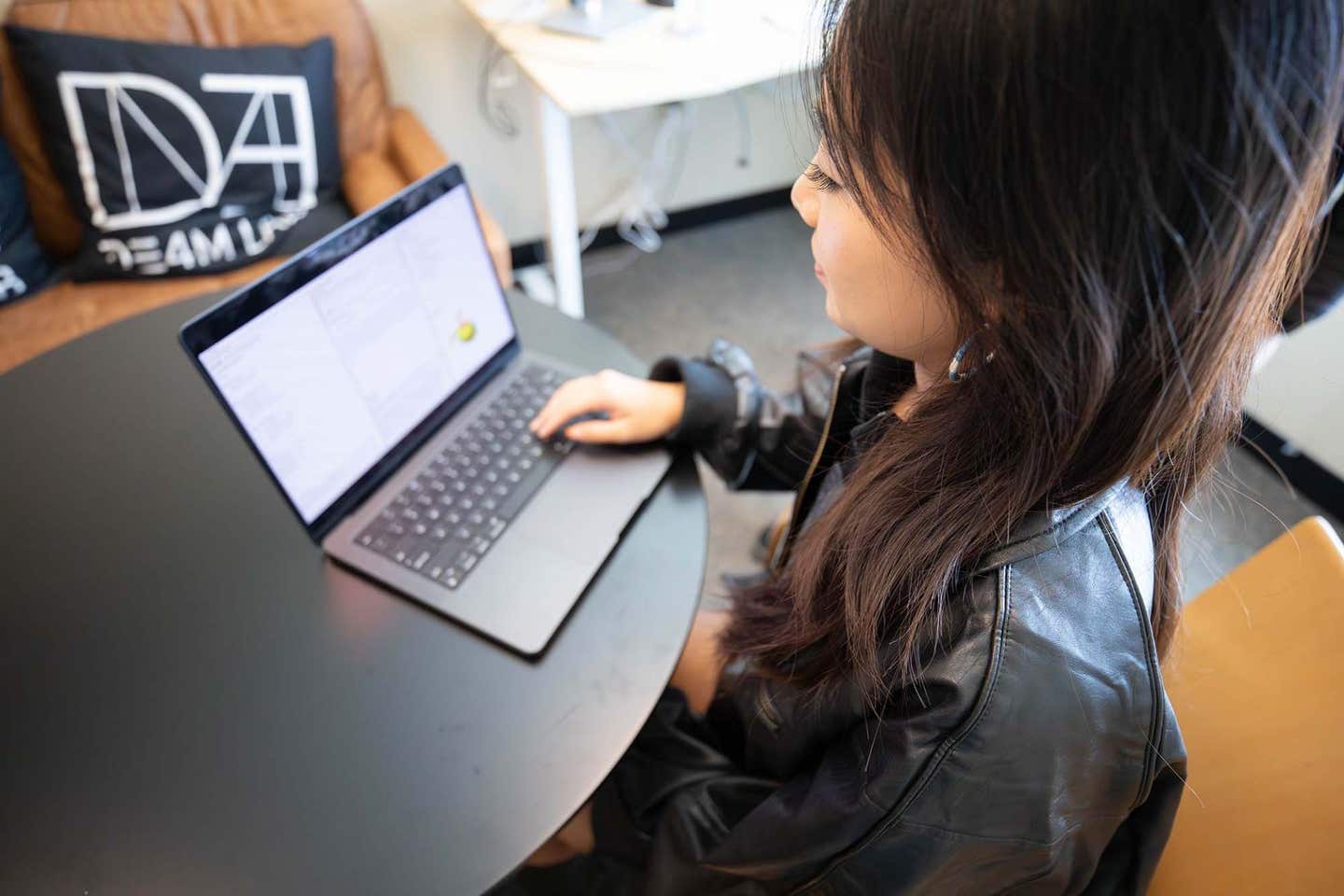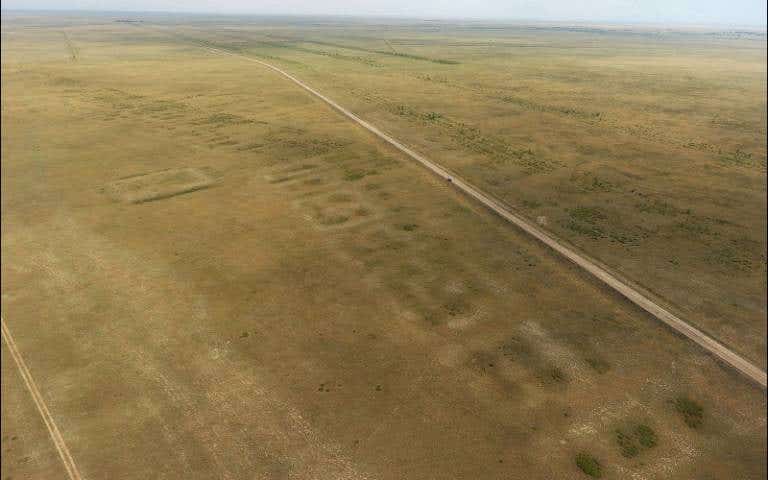Neuroscience of giving: What makes people share with others
Scientists studied rare brain damage to reveal how one brain area controls when and how much we help others.

Researchers from Germany, the Netherlands, Switzerland, and South Africa teamed up to explore how the BLA affects generosity. (CREDIT: Shutterstock)
In the heart of northern South Africa lies Namaqualand, a quiet region with a rare gift for science. Here lives a small but unique group of people with an extremely uncommon genetic condition—Urbach–Wiethe disease. Fewer than 150 individuals worldwide have it. But in this region, researchers found a concentrated group, offering a rare look into one of the brain’s most mysterious regions and how it shapes how we treat others.
A Rare Brain Condition Opens the Door to New Insights
Urbach–Wiethe disease causes isolated damage to a part of the brain called the basolateral amygdala, or BLA for short. The BLA sits deep in the brain and is part of the limbic system, which helps control emotions and social behavior.
Unlike many brain conditions that affect several areas at once, this disease targets the BLA alone. This unique trait makes it perfect for studying the brain’s role in social interaction.
Researchers from Germany, the Netherlands, Switzerland, and South Africa teamed up to explore how the BLA affects generosity. They included scientists from Heinrich Heine University Düsseldorf and several other institutions. Professor Dr. Tobias Kalenscher, who leads the “Comparative Psychology” group at the university, described the study as “a unique opportunity” to explore how the brain guides helping behavior. The team designed an experiment based on a well-known setup in behavioral science: the dictator game.
The Dictator Game: A Test of Human Kindness
In the modified version of the game, each participant received a sum of money. They had to decide how much of it they would keep and how much they would give away. But there was a twist. Each participant listed eight people from their life, ranging from their closest loved ones to total strangers. These people were assigned levels of “social distance,” from 1 (very close emotionally) to 100 (a stranger on the street). The participants then made sharing decisions for each of the eight individuals.
The researchers compared the behavior of five individuals with Urbach–Wiethe disease to 16 healthy people matched for psychological traits, cultural background, and income. The goal was to see how BLA damage affected generosity.
Related Stories
The results stood out. People with healthy brains were generally generous, but their willingness to share decreased gradually with greater social distance. Those with BLA damage also gave freely to people they felt close to. However, their generosity dropped sharply as social distance increased. In other words, the farther someone was emotionally, the less the Urbach–Wiethe participants cared to help.
Luca M. Lüpken, a doctoral researcher and co-author of the study, put it clearly: “The results were clear: Individuals with BLA damage were just as generous toward people they were close to as healthy control participants. However, as soon as it came to individuals with whom they had less of an emotional connection, they were notably more selfish.”
What the Brain Tells Us About Caring for Others
So what exactly does this tell us about the brain? It shows that the BLA is not essential for kindness or generosity by itself. People with damaged BLAs can still be caring, especially toward those they love. But what the BLA does seem to do is fine-tune generosity. It acts like a kind of emotional scale, adjusting how much we’re willing to give depending on how close we feel to the other person.
Professor Kalenscher explains it this way: “Social decisions are not only shaped by our upbringing or culture. They are in fact also strongly anchored in the mechanisms of our brain.” That means even if you grew up in a generous family, parts of your brain still guide how you treat people. If a part like the BLA doesn’t work right, your social choices might become more selfish—especially toward those you don’t feel emotionally close to.
This “social discounting” effect, as researchers call it, helps explain how we balance care for ourselves with care for others. In healthy people, the brain softens that balance, allowing some generosity even toward strangers. Without the BLA's influence, people tend to favor their own interests far more.
Interestingly, this difference in sharing wasn’t linked to other traits. The researchers ruled out empathy, personality, and the size of someone’s social network. The key factor was the brain structure alone. The BLA seemed to resolve internal conflicts between selfish and giving behavior based on how emotionally distant the other person was.
How This Could Change Future Treatments
This discovery matters not just for understanding kindness, but also for mental health. People with conditions like autism or psychopathy often show different patterns in social decision-making. Their choices may seem cold or overly logical, sometimes lacking empathy or concern for others.
By better understanding how the brain shapes prosocial behavior, researchers could someday develop new treatments. These could help people with social behavior challenges learn how to adjust their decisions more like healthy individuals. It could even lead to ways of training the brain to better respond to emotional context in social situations.
Lüpken sums it up: “Our study shows that the amygdala does not generally promote or inhibit prosocial behaviour, but rather regulates when and to what extent we act in a prosocial way.”
These insights bring science one step closer to answering a long-standing question: why do we help others at all? And how much does the brain control that choice?
A New Understanding of the Social Brain
Prosocial behavior—things like sharing, helping, and being kind—is at the heart of human life. We see it in families, friendships, communities, and even in casual acts of kindness to strangers. Yet the roots of this behavior are still not fully clear.
This research gives new answers. It shows that kindness doesn’t come only from upbringing or moral training. A key part lies deep within the brain, in a structure many people have never even heard of. The BLA helps us decide how much to care, based on how close we feel to others. And when it’s damaged, that system breaks down.
The participants with Urbach–Wiethe disease reminded researchers just how precise the brain’s social wiring can be. Without the fine control of the BLA, these individuals leaned toward selfish choices—unless they were dealing with someone they truly loved. Their behavior wasn’t heartless. It just lacked the usual flexibility that people without the disease show.
Professor Kalenscher believes this is just the beginning: “In the future, it may be possible to develop targeted therapies to help individuals with social behaviour issues regulate their decision-making processes better.”
Science has long sought to understand how we choose between self-interest and generosity. This study reveals a key piece of that puzzle. It shows how a small area of the brain may steer one of the most human traits we have—the ability to care for others.
Research findings are available online in the Proceedings of the National Academy of Sciences.
Note: The article above provided above by The Brighter Side of News.
Like these kind of feel good stories? Get The Brighter Side of News' newsletter.



